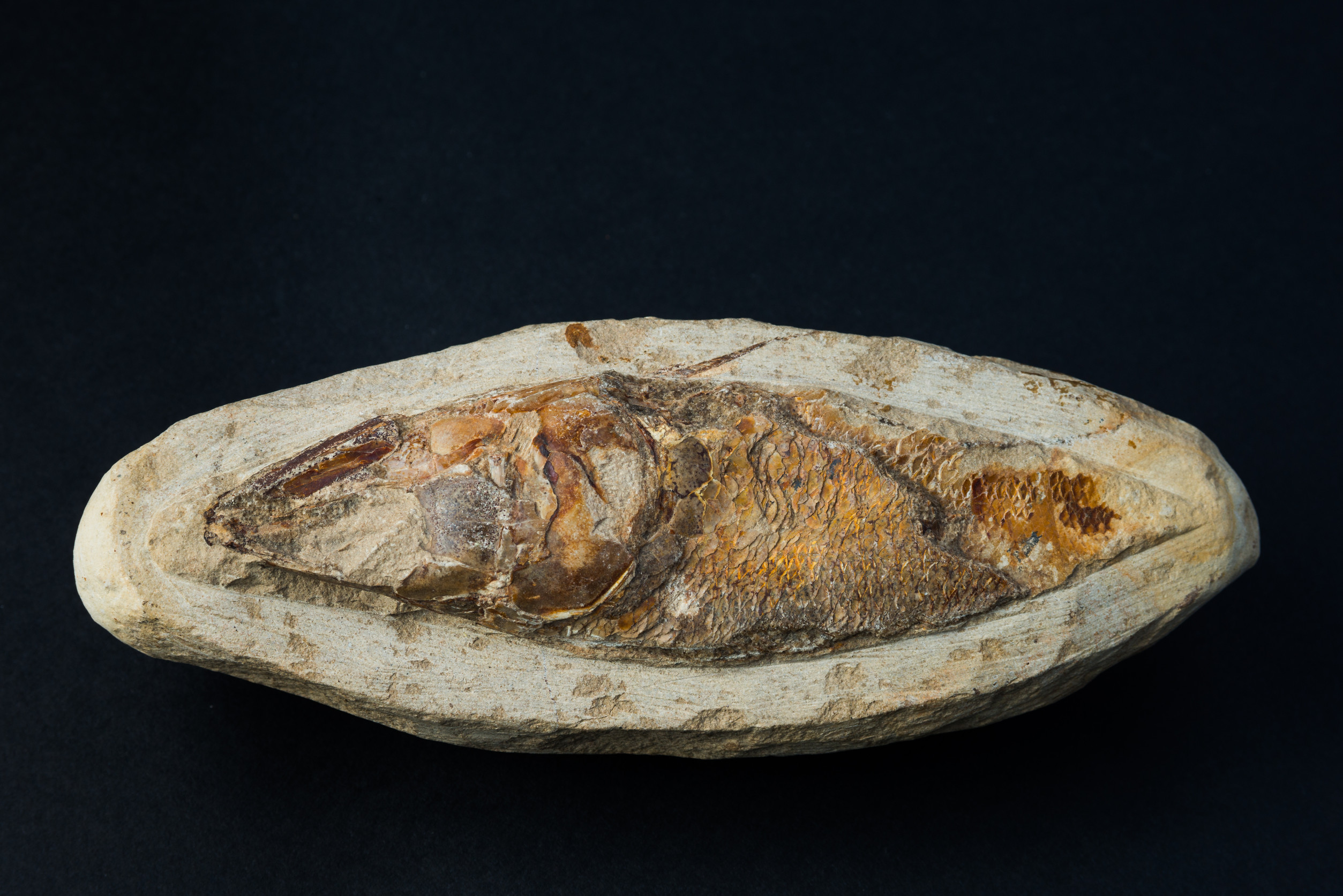Spiders are creepy-looking creatures, so it shouldn’t come as a surprise that an estimated five percent of all humans on earth have a serious fear of spindly arachnids. In fact, one 2017 survey found that six-month-old babies often show stress reactions when exposed to spiders, suggesting that the fear may be evolutionarily embedded in us, developed to protect us from potential danger.
However, spiders play an important role in our ecosystems, and it would be handy to not be completely crippled by our (reasonable) fear of them. Exposure therapy is known to be one of the more effective methods of treating phobias, but exposing individuals to their fears on demand isn’t always convenient. Not every therapist will have giant tarantulas on hand.
Fortunately, technological advances, especially in virtual reality (VR) are forging an easier and safer path to exposure therapy for a range of phobias. That said, VR therapy is often expensive and limited to environments where clinicians can observe patients during their sessions.
Enter Phobys, a smartphone app designed to administer exposure therapy to the arachnophobic’s of the world, using a simple augmented reality interface design that projects images of moving spiders onto a person’s environment.
To test the app’s effectiveness, the team recruited 66 individuals with either a clinical or subclinical fear of spiders. Two-thirds of the participants were made to conduct six 30-minute sessions on the smartphone app over a two-week period, while the rest of the participants served as a control without direct intervention.
At the beginning and end of the trial, all participants when through a series of behavioral assessments, including the Behavioral Approach Test (BAT) that involves exposing them to a real spider in a transparent plastic container, to measure their fear and aversion response.
The results? According to the researchers, “repeated home use of the stand-alone, smartphone-based, gamified AR exposure app was effective in reducing phobic fear in participants with a fear of spiders… specifically, app use led to a reduction in fear, disgust, and avoidance behaviors at medium-sized effects when tested in a real-world situation, and to reductions at large effects sizes in questionnaire-based fear measures.”
Source study: Journal of Anxiety Disorders—Effectiveness of a smartphone-based, augmented reality exposure app to reduce fear of spiders in real-life: A randomized controlled trial











